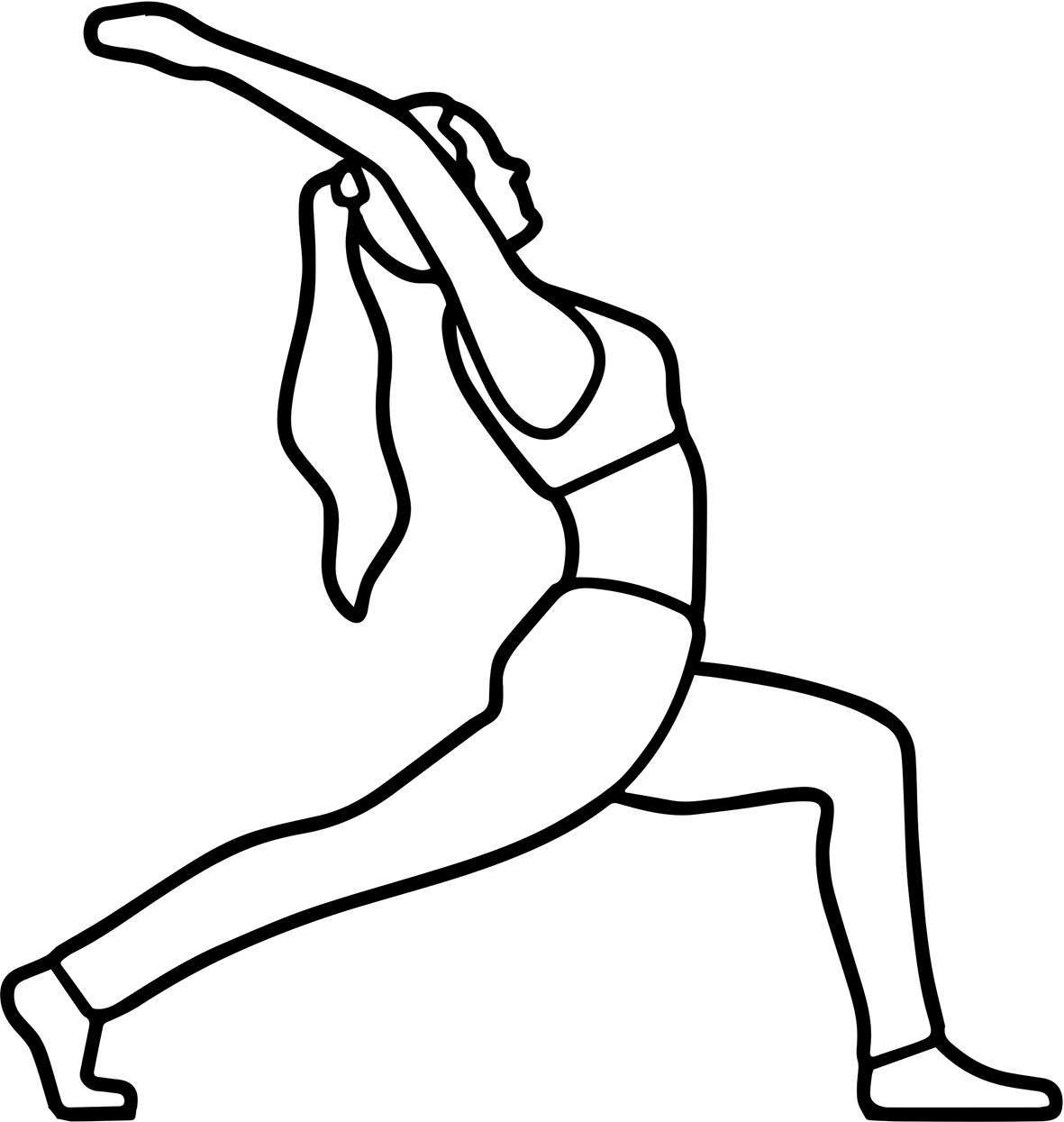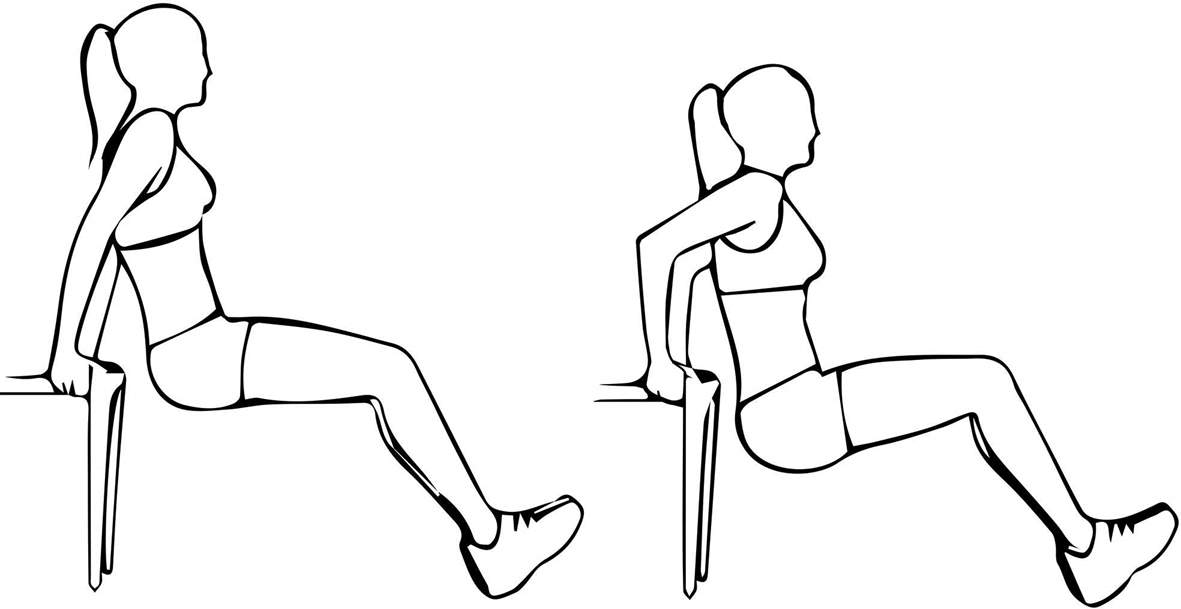AMMAN — Exercise is an important aspect of healthy living, proving to benefit individuals with
diseases like diabetes mellitus (DM), which affects blood sugar, or glucose. Diabetes is divided into multiple categories, the most common being type 1 and type 2.
اضافة اعلان
Those with DM may find it difficult to exercise due to peripheral neuropathy (PN), a complication that affects the nerves and causes weakness and pain, among other symptoms.
However, it is crucial that DM patients introduce some level of exercise to their daily routine for a better quality of living.
What is peripheral neuropathy?
PN is a serious complication that can manifest in many disease states, but its most common cause is DM.
It is estimated that approximately half of all patients with diabetes develop PN, which is attributed to poor control of blood glucose levels.
PN is characterized as nerve damage to the peripheral nervous system, which is responsible for sending information to and from the brain and spinal cord.
Damage to peripheral nerves inevitably results in weakness, numbness, and pain, but may also affect other bodily functions including digestion, urination, and circulation.
The pain it causes is generally described as stabbing, burning, or tingling and causes difficultly in basic forms of exercises.
A study in 2018 found that the prevalence rate of PN in type 2 Jordanian diabetics is 39.5 percent.
This rate is higher than the international range, which as of 2021, is between 21.3–34.5 percent.
Exercising with DM
The pain caused by PN as a symptom of DM can be improved by taking prescribed medication to control blood glucose levels.
Whether it be insulin for type 1 or oral medication for type 2, always take medication as prescribed and directed by your healthcare professional.
Additionally, exercise and other lifestyle improvements may help ease symptoms of DM.
Reducing body weight has been shown to greatly improve glucose control.
Although exercise may be difficult for individuals who developed PN, several exercises and stretches have been created to aid in reducing pain and body weight.
They include aerobic exercises, flexibility exercises, and strength training exercises.
Aerobic exercises
 (Photo: Jordan News)
(Photo: Jordan News)
Aerobic exercise is physical activity that increases your heart and breathing rates, as well as works your muscles.
Typically, the goal should be 30 minutes a day, three to five times a week but for those who lead a sedentary lifestyle, this goal may prove difficult.
In this case, starting 5–10 minutes a day and gradually increasing the amount of time over weeks may help make it more achievable.
Aerobic exercises are relatively simple and include brisk walks outdoors or on treadmills, stationary bicycle machines, or low-impact aerobic classes.
For those affected by PN, these exercises may be difficult due to pains in the feet. An effective alternative may be swimming or water aerobic classes.
The buoyancy of the water relieves pressure off the feet and reduces pain while still exercising your muscles and increasing heart and breathing rate.
Flexibility exercises
 (Photo: Jordan News)
(Photo: Jordan News)
Stretching is an excellent way to improve flexibility of the joints and muscles, while also reducing your chances of sustaining injury while performing other exercises.
It is recommended to perform stretches prior to any exercise, including aerobic exercises.
Better yet, performing stretches in the morning can boost productivity and help maintain relaxed muscles and joints throughout the day.
Prior to performing any of the exercises, consult your healthcare professional.
The first stretch is the calf stretch. The calf is the large muscle behind your shin and is responsible for movement in the ankle.
By stretching this muscle, you relieve tensions and strains placed on the ankle and allow for better mobility. Begin by standing upright with one leg out in front and the other leg far behind, toes pointed forward.
Once in this position, slowly begin to bend the front knee while keeping the back leg straight and the heel planted firmly on the ground.
Bend the front knee forward until you begin to feel a slight burning sensation in the muscle of the back leg and make sure to not bend the knee past the toes. Hold the stretch for 15–20 seconds and perform three repetitions on each leg, two times a day.
The second stretch is the seated hamstring stretch.
The hamstring is made up of a group of muscles located along the back of the thigh and is responsible for bending the knee.
While seated on the edge of a chair, place one leg out straight with the toes pointed upward.
Bend the knee of the opposite leg until your foot is flat on the floor.
Lean your chest over the straightened leg and slowly begin to straighten out your back until your feel the burning sensation in the back of the leg.
Hold the stretch for 15–20 seconds and perform three repetitions, twice a day.
The third stretch is the plantar fascia stretch. The plantar fascia is fibrous tissue that runs along the length of the underside of your foot.
Tension or inflammation in this tissue can cause intense heel pain.
To perform this stretch, start by facing a door frame and place your heel as close to the door frame as possible with your foot resting on the vertical surface of the frame.
Slowly lean forward and allow your heel to slide back as your toes extend upwards.
If the stretch is not felt along the length of the foot at this point, bend the front knee forward. Hold this stretch for 15–20 seconds and perform three repetitions on each leg, twice a day.
Strength training
 (Photo: Jordan News)
(Photo: Jordan News)
The purpose of strength training is as the name implies — to increase and improve the strength of isolated muscle groups.
In doing so, you improve your endurance so that you can perform other exercises with greater ease.
The first exercise is the calf raise. Simply stand in front of a stable surface such as counter or chair for balance. Stand on one leg and raise your heel up, standing on your toes.
Perform two sets of 10–15 repetitions on each leg twice a day.
For the second exercise, use a chair with arm rests to assist you. Slowly and carefully, raise and lower yourself from the chair, shifting your weight steadily between your arms and legs. Perform two sets of 10–15 repetitions on each leg twice a day.
The final exercise is seated dorsiflexion.
Dorsiflexion is the medical term used to describe bending the foot towards the shin.
While seated, place both feet flat on the floor and bend your ankle inward as much as possible. Perform three sets of 10–15 repetitions on each leg twice a day.
Read more Health





